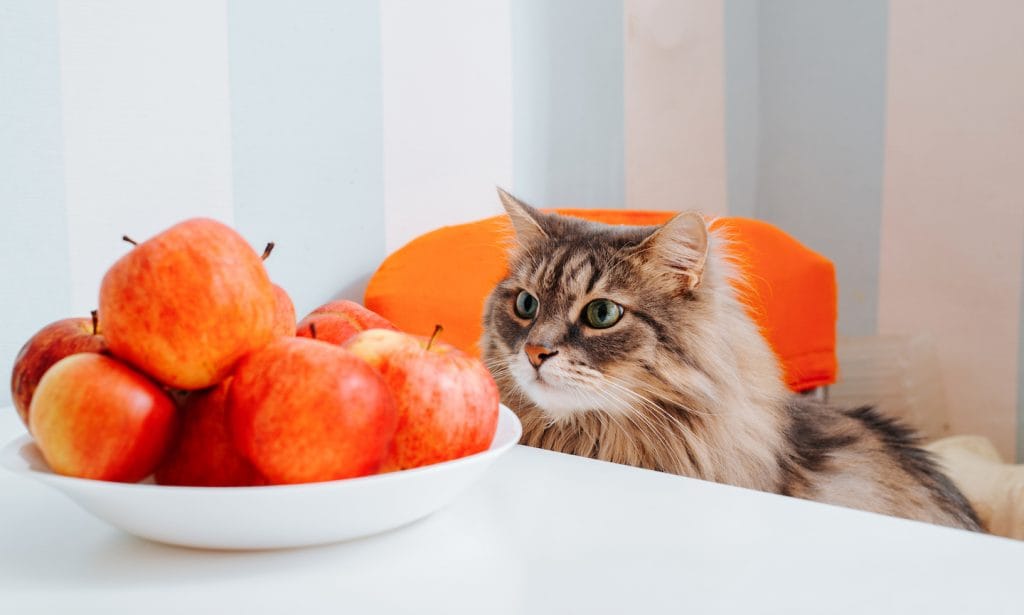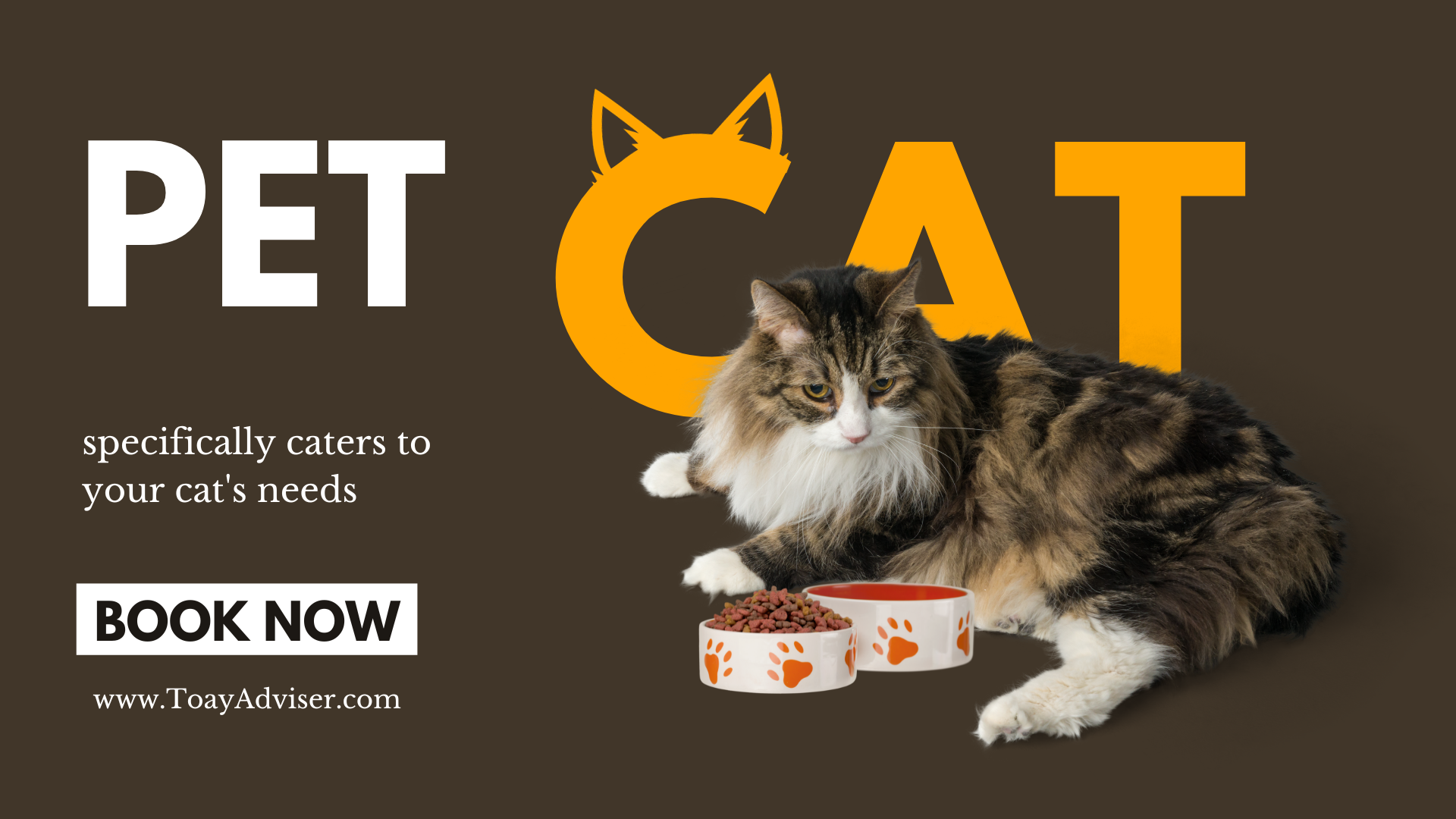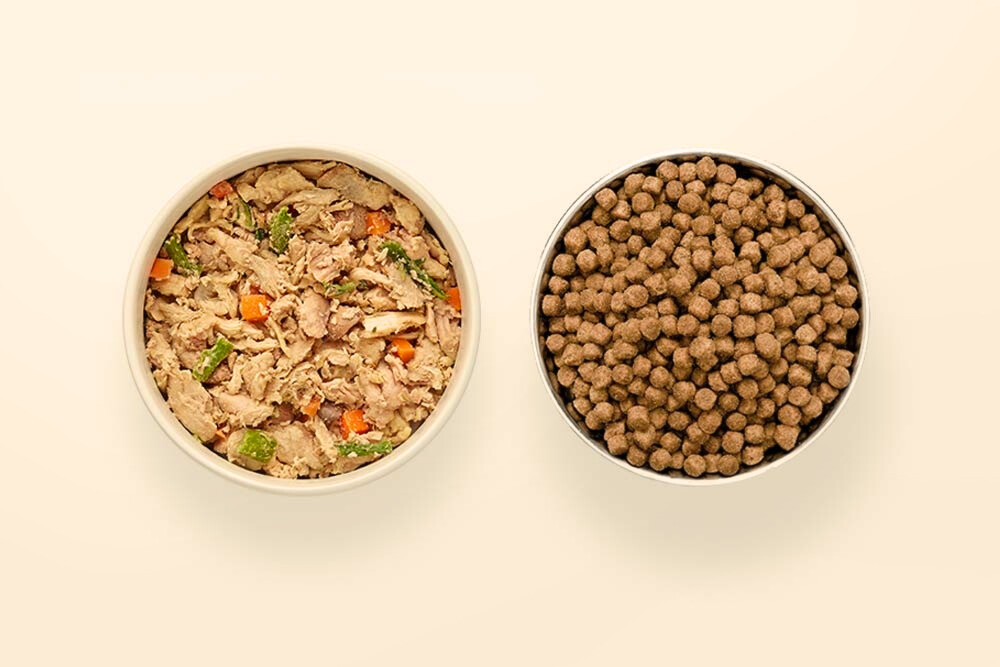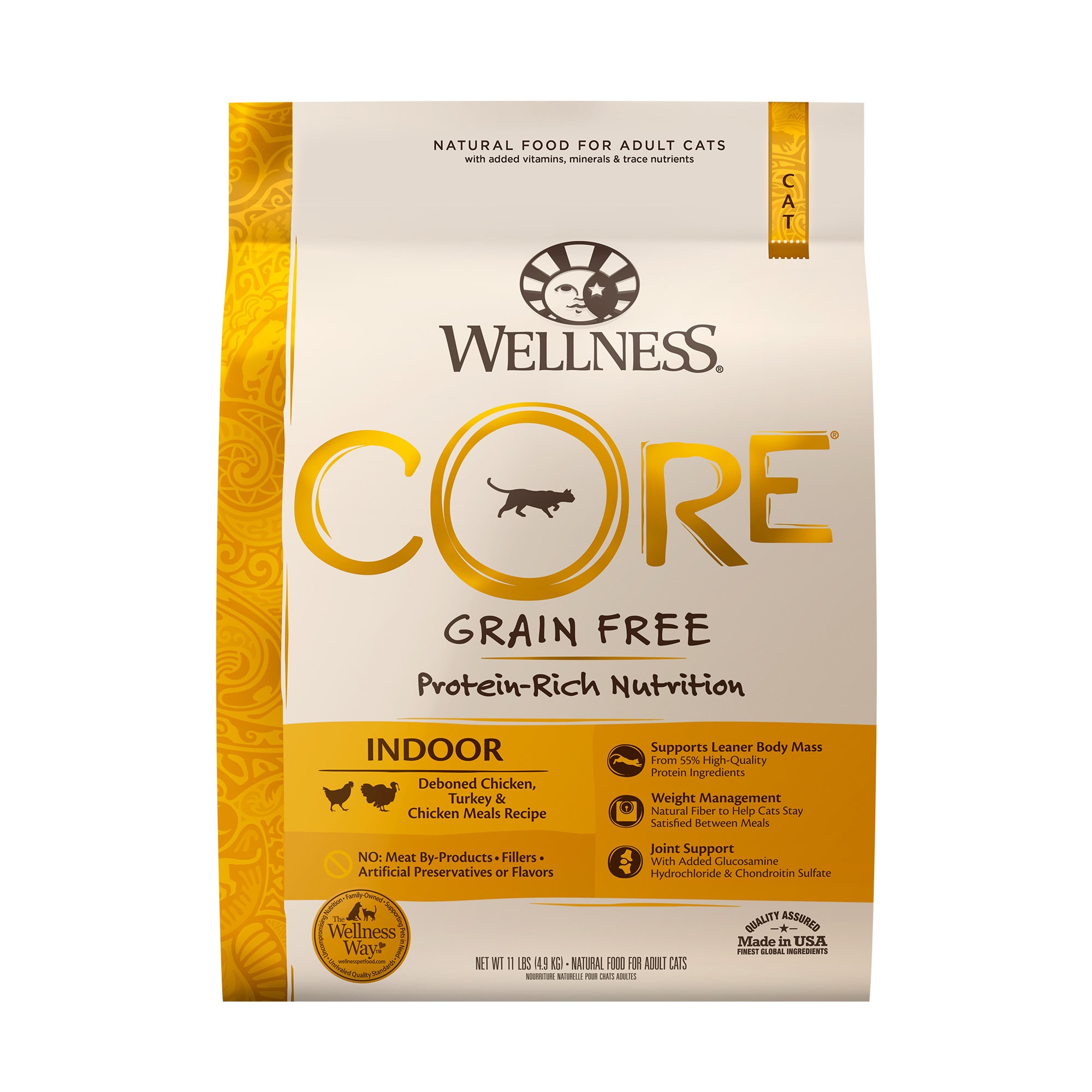
Food Cats specialize in providing high-quality, nutritious food for felines. They offer a range of options to meet the dietary needs of cats, ensuring they stay healthy and happy.
As a cat owner, you want the best for your furry friend’s well-being. One of the most important aspects of cat care is providing them with a balanced and nourishing diet. Food Cats understands this need and offers a variety of cat food options designed to meet the specific nutritional requirements of cats.
Whether your feline friend prefers dry or wet food, has dietary restrictions, or requires a specialized diet, Food Cats has you covered. With their focus on quality and nutrition, you can trust that your cat will be getting the best possible food to support their health and vitality.
Unveiling Food Cats Love
Discover the ultimate nutrition for your feline friend with our range of delicious and nourishing cat food options. Specially crafted to appeal to their unique tastes and dietary needs, our selection provides a balanced and wholesome diet to keep your cat healthy and content.
Importance Of Choosing The Right Food For Cats
Choosing the right food for your cat is crucial for their well-being. A balanced diet can ensure proper growth, maintain a healthy weight, and reduce the risk of certain health issues. Felines require nutrients like proteins, vitamins, and minerals to thrive, making the selection of their food a vital decision.
Common Preferences Among Felines
Cats have distinct taste preferences and often exhibit a fondness for certain flavors and textures. While some cats may prefer wet food, others may enjoy the crunch of dry kibble. It’s essential to understand these common preferences to provide a diet that your cat will eagerly consume.
Factors Influencing Feline Food Choices
Several factors influence a cat’s food choices, including age, health conditions, and activity levels. Specific dietary needs may arise due to aging or medical reasons, requiring tailored food options. Understanding these factors can help ensure that your feline companion receives the appropriate nutrition for their individual requirements.
Decoding Cat Food Labels
When it comes to ensuring your feline friend receives the best nutrition, decoding cat food labels is essential. Understanding the information provided on the packaging can make a significant difference in your cat’s overall health and well-being. Let’s delve into the key aspects of deciphering cat food labels to make informed decisions for your pet’s diet.
Ingredients To Look For In Cat Food
When examining a cat food label, pay close attention to the ingredients listed. Look for high-quality proteins such as chicken, turkey, or fish. These should be listed as the primary ingredients, indicating that the food offers essential amino acids for your cat’s muscle development and overall health. Avoid products with unspecified meat by-products or fillers such as corn, wheat, or soy, which offer limited nutritional value to your cat.
Understanding Nutritional Information
Nutritional information on cat food labels provides insights into the balance of essential nutrients. Focus on the percentages of protein, fat, and carbohydrates. For a healthy adult cat, a balanced formula with protein content ranging between 25-40%, fat content between 15-20%, and limited carbohydrate content is ideal.
Deciphering Marketing Terms Vs Actual Benefits
It’s crucial to discern between marketing terms and actual benefits when assessing cat food labels. Phrases like “natural,” “premium,” or “holistic” may sound appealing but aren’t regulated or standardized. Instead, rely on specific nutritional guarantees such as “complete and balanced” to ensure your cat receives the necessary vitamins and minerals for overall well-being.
Balancing Wet And Dry Food Diets
When it comes to your cat’s diet, finding the right balance between wet and dry food is essential for their overall health and well-being. Both wet and dry food have their own unique benefits, and understanding how to incorporate both into your cat’s diet can help ensure they receive a well-rounded nutritional intake.
Benefits Of Wet Food In A Cat’s Diet
Wet food provides essential moisture that cats need to stay properly hydrated. It is also high in protein and low in carbohydrates, making it an excellent option for maintaining a healthy weight and promoting lean muscle. Furthermore, the smooth texture of wet food can be more appealing to picky eaters.
When To Choose Dry Food For Convenience
Dry food, on the other hand, is convenient and can be left out for free-feeding, making it easier to manage your cat’s diet, especially if you have a busy schedule. It also helps to maintain dental health by promoting chewing, and it tends to have a longer shelf life compared to wet food.
Strategies For Combining Wet And Dry Foods
There are several strategies you can use to combine wet and dry foods in your cat’s diet. Firstly, consider using a meal-feeding approach where you offer wet food in the morning and evening, and leave out dry food for grazing during the day. Additionally, mixing a small amount of wet food with dry food can help entice picky eaters and provide the benefits of both food types.

Credit: be.chewy.com
Catering To Picky Eater Cats
If you have a finicky feline at home, you know the struggle of finding the right food that meets their discerning palate. Cats can be quite selective when it comes to their meals, and understanding their preferences is essential to ensure they are getting the nutrition they need. In this article, we’ll explore how to identify signs of a picky eater, provide tips to entice finicky felines, and discuss adjusting food variety and meal patterns to cater to their unique tastes.
Identifying Signs Of A Picky Eater
It’s important to recognize the signs that your cat may be a picky eater, as this can help you make informed decisions about their diet. Some indications include:
- Turning away from their food or only eating certain parts
- Vomiting or regurgitating food frequently
- Preference for specific textures or flavors
- Losing interest in food quickly
- Being underweight or having a poor coat condition
Tips To Entice Finicky Felines
When it comes to enticing picky eater cats, there are several strategies you can try to make mealtime more appealing. Some tips include:
- Introduce variety by offering different types of foods, including dry kibble, wet food, and treats
- Experiment with flavors to find what your cat enjoys, such as fish, chicken, or beef
- Use puzzle feeders or food-dispensing toys to add an element of fun and mental stimulation to mealtime
- Warm the food slightly to enhance aroma and make it more enticing
- Provide a quiet and stress-free environment for meals, away from loud noises or other pets
Adjusting Food Variety And Meal Patterns
Understanding the importance of offering a diverse range of foods and adjusting meal patterns can make a significant difference for picky eater cats. Consider the following approaches:
- Rotate between different brands and flavors of food to keep their interest piqued
- Monitor portion sizes and feeding frequency to ensure your cat is not overwhelmed with large meals
- Consult with a veterinarian to develop a tailored feeding plan that aligns with your cat’s dietary requirements
- Implement a gradual transition when introducing new foods to allow your cat to adjust at their own pace
Special Dietary Considerations
Cats, like humans, require special dietary considerations to ensure they receive the nutrients necessary to thrive. From adjusting diets for kittens and senior cats to managing weight and health issues through diet, understanding the unique dietary needs of your feline friend is crucial to their overall well-being. Essential nutrients and supplements also play a key role in supporting your cat’s health. Let’s explore these special dietary considerations in more detail.
Adjusting Diets For Kittens And Senior Cats
Kittens require a diet that supports their rapid growth and development. It’s essential to provide them with a diet rich in protein, fat, vitamins, and minerals to meet their energetic needs. As they grow, their diet should be adjusted accordingly to support their transition to adulthood.
On the other hand, senior cats may require a different approach to their diet. Due to potential age-related health issues, their diet may need to be adjusted to support joint health, digestive function, and weight management as they become less active. Providing them with a balanced and age-appropriate diet is crucial to their overall well-being.
Managing Weight And Health Issues Through Diet
Weight management is crucial for the overall health of your cat. Whether it’s obesity or underweight, a carefully managed diet can make a significant difference. Portion control, low-calorie options, and regular exercise can help maintain an optimal weight for your cat, reducing the risk of obesity-related health issues.
Furthermore, addressing specific health issues such as diabetes, kidney disease, or allergies through diet can play a pivotal role in managing these conditions. With the guidance of a veterinarian, a tailored diet plan can be developed to support your cat’s specific health needs.
Essential Nutrients And Supplements
Ensuring your cat receives all essential nutrients is crucial for their health. This includes protein, amino acids, fatty acids, vitamins, and minerals. A balanced diet that incorporates these nutrients is vital to support your cat’s overall well-being and immune function.
In some cases, supplements may be necessary to fill any nutritional gaps in your cat’s diet. This could include omega-3 fatty acids, probiotics, or joint supplements, among others. However, it’s important to consult with a veterinarian before introducing any new supplements to your cat’s diet.
Homemade Food Cats Can Thrive On
Homemade food can be a great option for cat owners who want to ensure the best nutrition for their feline friends. With the right recipes and ingredients, cats can thrive on homemade meals, providing them with essential nutrients and variety. It’s important to be aware of safe recipes and ingredients, potential risks, and the proper transition from commercial to homemade foods for your beloved pet’s well-being.
Safe Recipes And Ingredients For Homemade Cat Food
When preparing homemade food for your cat, it’s vital to use ingredients that are safe and provide essential nutrients. Proteins such as cooked chicken, turkey, or fish, healthy fats like omega-3 fatty acids from fish oil, and vitamins and minerals from vegetables like spinach or carrots are essential components of a well-balanced cat diet. It’s crucial to avoid onions, garlic, and certain spices that can be harmful to cats. Always consult with a veterinarian or feline nutritionist before finalizing your cat’s homemade food recipes.
Risks And Precautions When Feeding Cats Homemade Meals
While homemade cat food can offer numerous benefits, there are also risks involved. Nutritional imbalances, bacterial contamination, and ineffective cooking methods can pose health hazards to your cat. Additionally, homemade diets may not always meet your cat’s specific dietary requirements. Therefore, it’s vital to have a thorough understanding of proper food handling and cooking techniques to prevent any adverse effects on your cat’s health.
How To Transition From Commercial To Homemade Foods
Transitioning your cat from commercial food to homemade meals should be done gradually to prevent digestive issues or food aversion. Start by mixing small amounts of the new homemade food with their regular commercial diet, gradually increasing the proportion of homemade food over a period of 1-2 weeks. Monitor your cat’s response and consult with a veterinarian to ensure a smooth and successful transition, taking into account any specific health conditions or nutritional requirements your cat may have.
Frequently Asked Questions Of Food Cats
What Are The Best Foods For Cats?
The best foods for cats are high-quality, protein-rich diets with essential nutrients like taurine and omega-3 fatty acids. Look for balanced meals that meet their dietary needs.
How Can I Introduce New Foods To My Cat’s Diet?
Introduce new foods gradually, mixing small amounts with their current diet. Monitor for any adverse reactions or digestive issues. Slowly increase the new food to ensure a smooth transition.
Are Homemade Cat Food Diets Safe And Nutritious?
Homemade cat food diets can be safe and nutritious if carefully planned to provide the necessary nutrients. Consult with a veterinarian or feline nutrition expert to ensure a balanced diet.
What Are Common Food Allergens For Cats?
Common food allergens for cats include beef, dairy, fish, and gluten. If your cat shows signs of food allergies, consult with a veterinarian to identify the specific allergen and adjust their diet accordingly.
Conclusion
In closing, it’s clear that the right food is crucial for your cat’s health. By prioritizing a balanced diet, you can ensure your feline friend remains healthy and happy. Consider their specific needs and consult with a veterinarian to provide the best nutrition possible.
Your cat will thank you for it!



